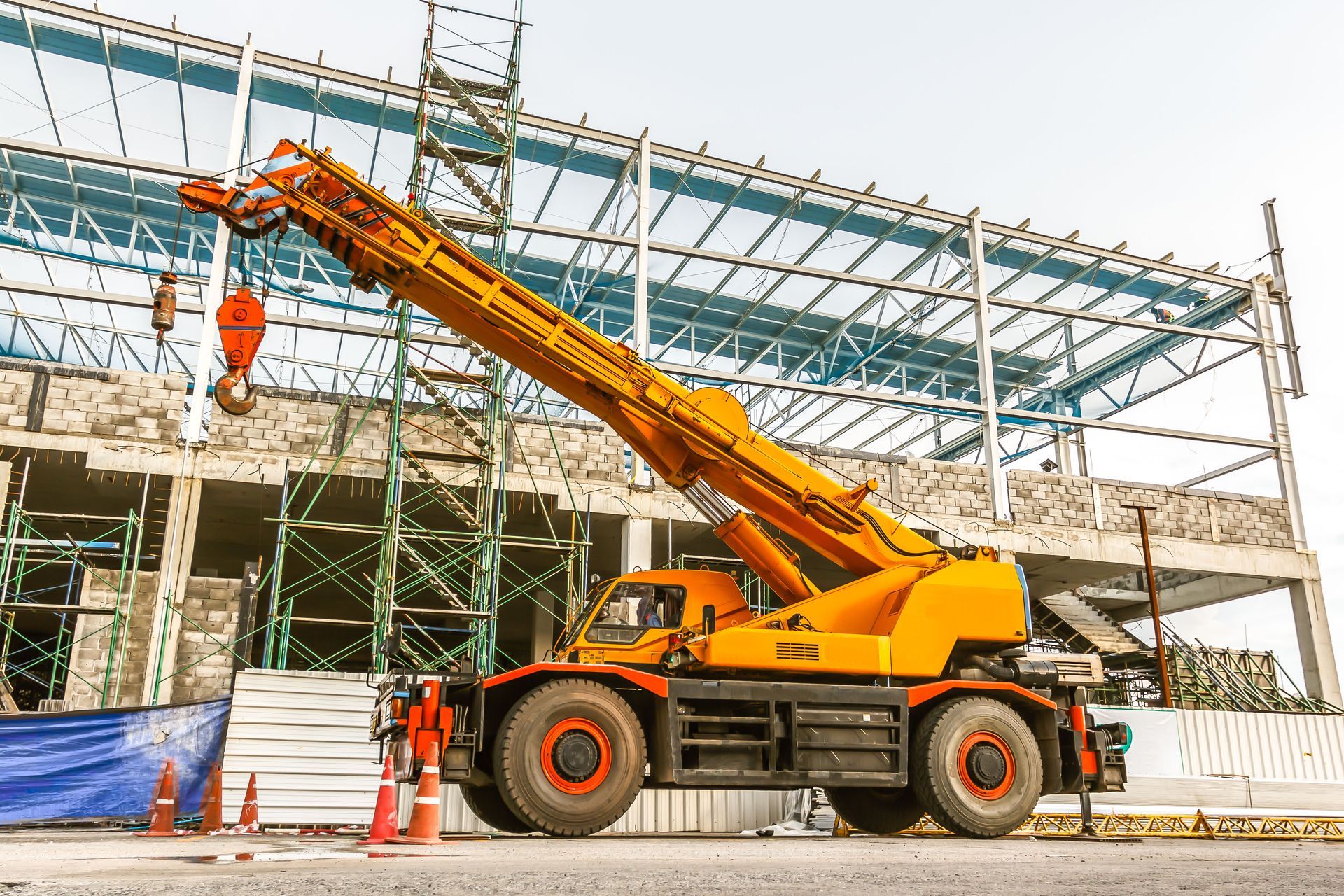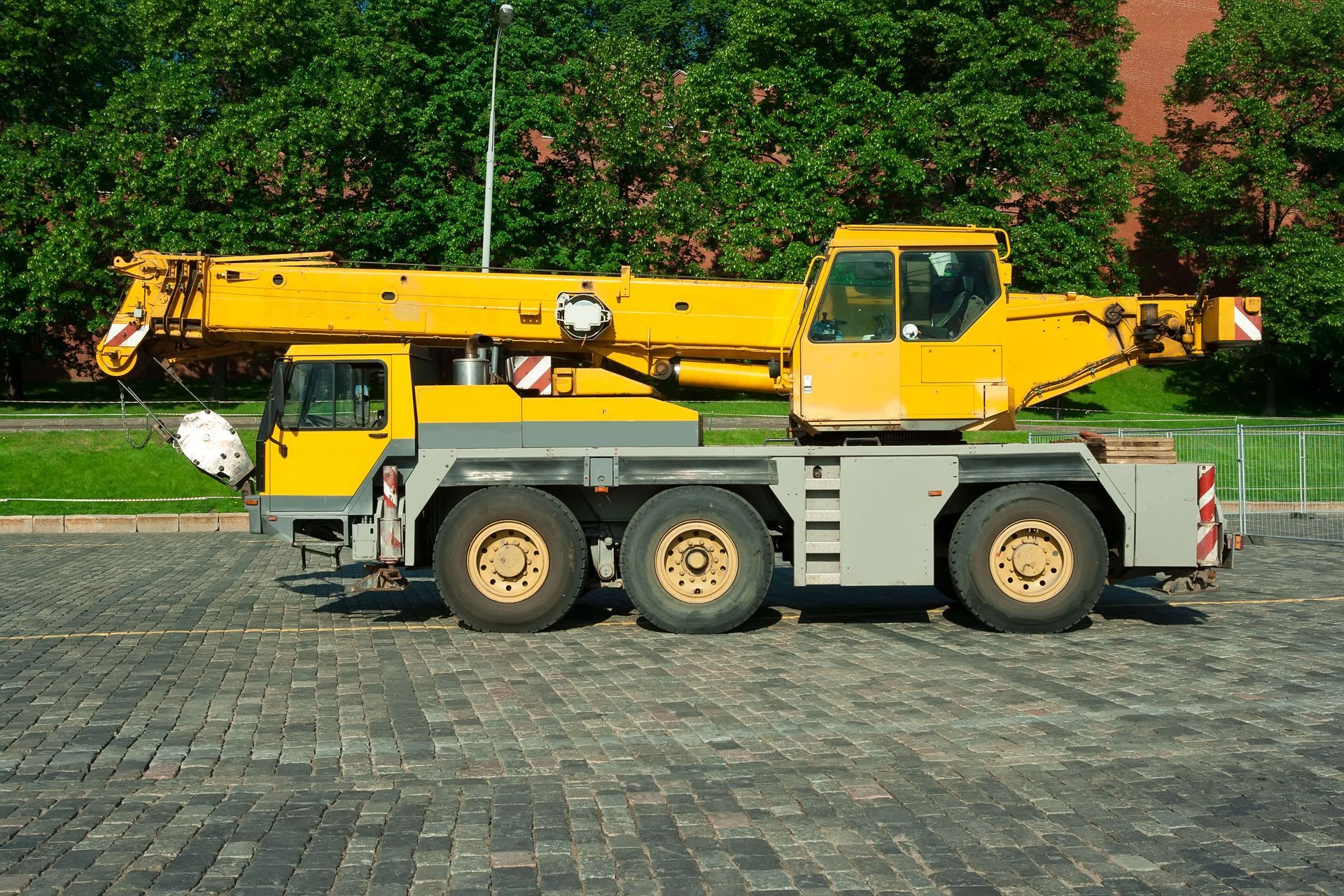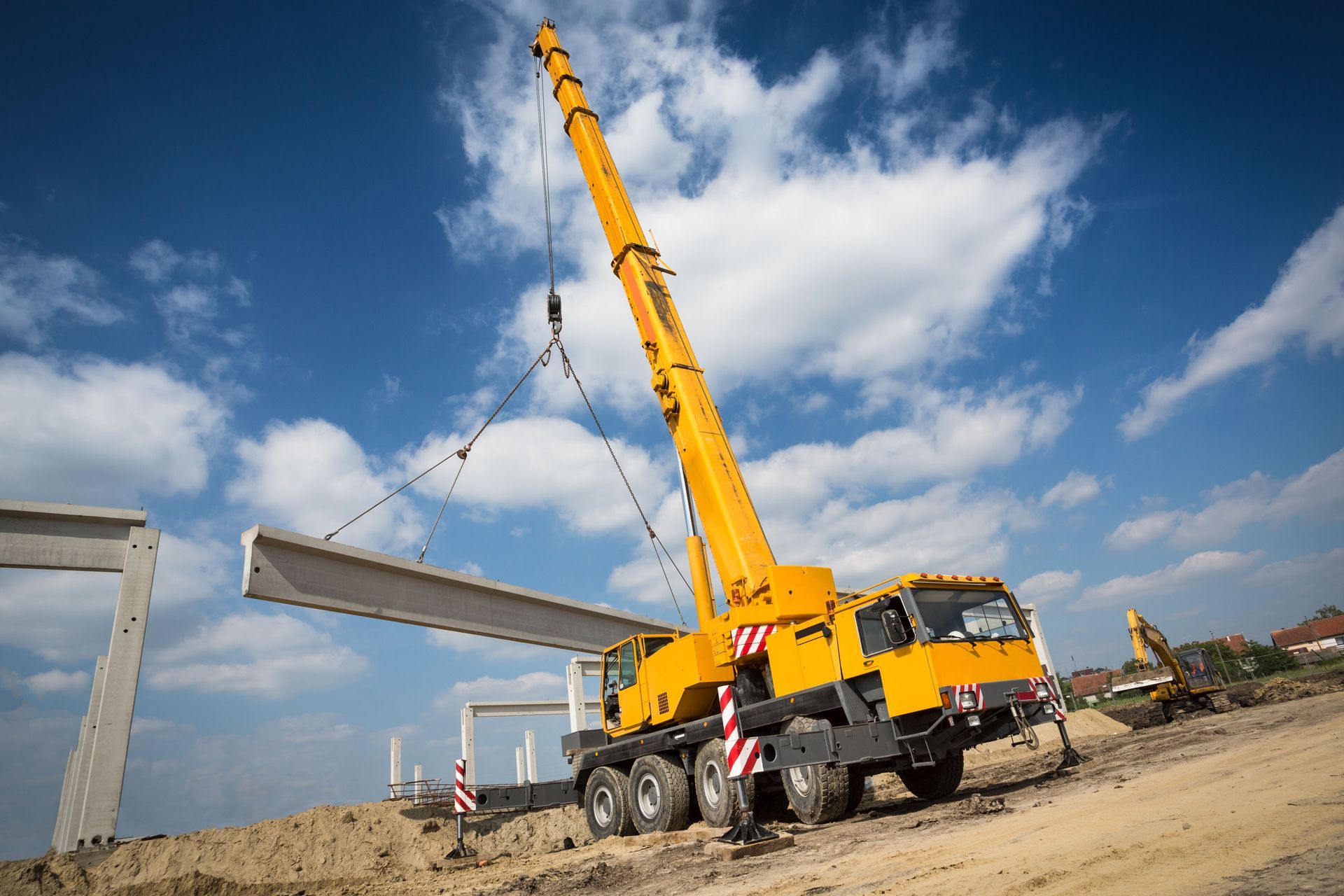What Is the Maximum Amount of Weight a Crane Can Lift?
This article explores the factors determining a crane's maximum lifting capacity, the types of cranes available, and the importance of safety and technological advancements in the industry.
1. Understanding Crane Capacity and Limitations
1.1 Definition of Crane Capacity
Crane capacity is a fundamental term in the equipment operation and heavy lifting sector. It refers to the maximum weight a crane can safely lift under specified conditions. Cranes come with load charts that help determine this capacity, which depends on several variables. Capacity can vary significantly between cranes, with some mobile cranes lifting only a few tons while large, specially designed cranes can lift thousands of tons. Understanding the capacity is crucial for ensuring safety and efficiency in lifting operations. When hiring a local crane service, operators rely on these charts to make informed decisions.
1.2 Importance of Load Charts
Load charts are critical tools for crane operators and engineers. These charts provide detailed information about the crane’s lifting capacities at various lengths and angles of the boom. By consulting the load chart, operators ensure they stay within safe operation limits, which is paramount during lifting operations. The charts take into consideration factors like boom length, angle, and load radius, ensuring that each lift is executed safely under precise conditions. Working with a local crane service helps ensure these parameters are always observed. Failure to adhere to the load chart specifications can lead to serious accidents and equipment damage.
1.3 Factors Affecting Crane Capacity
Several factors can affect a crane's lifting capacity, impacting whether it can handle the required load. These include the crane's design, its stability on the ground, and environmental factors such as wind speed. Ground conditions are particularly significant as they affect the crane's balance during a lift. Other technical specifications, such as the derrick design and counterweight positioning, also play important roles. Choosing an experienced local crane service ensures that operators assess all these factors for safe and successful lifting operations.
1.4 Common Limitations of Cranes
Cranes, despite their impressive capabilities, are subject to limitations. One such limitation is the reach; a crane might be able to lift a heavy load close to its base, but its capacity diminishes with increasing distance. Another typical limitation is wind conditions; high winds can dangerously sway a crane's load, thus reducing the safe lifting capacity. Moreover, the weight distribution of the load itself can impact the crane's ability to lift it safely. Mechanical failures or inadequate maintenance can further limit crane performance. Operators from a local crane service must recognize and work within these limitations to ensure safety.
1.5 Case Studies of Maximum Lifting Scenarios
Detailed case studies of crane operations help illustrate the extremes of lifting operations. One notable case involves the use of cranes in the construction of massive skyscrapers, where tower cranes demonstrate their capability of lifting loads up to 20 tons, according to HowStuffWorks. Another example includes oil rig operations, where enormous gantry cranes lift prefabricated parts weighing thousands of tons. Such examples highlight how proper planning, design selection, and operational adjustments can safely expand crane capacity. They also underline the importance of technological advancements and innovations in crane capability.
2. Types of Cranes and Their Capacities
2.1 Mobile Cranes
Mobile cranes are versatile pieces of equipment used extensively in construction and logistics. These cranes are typically mounted on trucks, offering mobility and site agility. In our experience, a standard mobile crane might lift anywhere from a few tons up to 1,200 tons with specially designed models. The variability in mobile crane types, designs, and capacities allows them to handle a range of lifting tasks effectively. A local crane service often provides these cranes for short-term projects across various locations, maximizing efficiency.
2.2 Tower Cranes
Tower cranes are stationary units renowned for their height and extensive reach, making them ideal for high-rise construction projects. The crane's mast supports the counter-jib and boom, which can lift significant weights, in our experience, typically up to 20 tons, and sometimes even more depending on the model. Because of their stable standing, tower cranes can handle heavy weights safely, even at extended heights. Their setup requires precision and is a critical component of urban development landscapes. Tower cranes are a staple of city skylines during major construction phases.
2.3 Overhead Cranes
Overhead cranes, also known as bridge cranes, are widely used indoors and in industrial environments. These cranes typically feature a hoist traveling along a bridge that spans a gap, providing controlled, horizontal movement on a fixed path. Their capacities range widely, with some models capable of lifting up to several hundred tons for industrial applications. These cranes are integral to facilities like steel mills, automotive plants, and shipping yards. Their operation enhances workflow by enabling efficient material handling on-site.
2.4 Gantry Cranes
Gantry cranes function similarly to overhead cranes but with a notable difference: they use ground-mounted rails. These cranes span large areas and are critical in shipyards, rail yards, and storage areas for container stacking. Their capacity can be substantial, supporting enormous weights such as shipping containers or entire rail cars. Gantry cranes excel in outdoor settings, offering a flexible solution for heavy-duty tasks. Models are available in different sizes and designs, catering to specific lifting needs.
2.5 Specialized Cranes for Heavy Lifting
In specialized heavy-lifting scenarios, cranes designed with distinct characteristics are essential. These cranes might include floating cranes used offshore in bridge and port construction for lifting ultra-heavy loads. Additionally, custom-built cranes are employed for specific operations, such as in the aerospace industry for assembling large components. Lift capacity in these cranes can reach several thousand tons, reflecting the advanced engineering employed. Innovations in heavy-lifting cranes continually push the boundaries of what is technically feasible.
3. Determining Factors for Maximum Load
3.1 Crane Design and Construction
The design and construction of a crane are central to determining its maximum load capacity. The structural integrity of materials used, such as high-strength steel and alloy components, is critical in supporting heavy loads. The engineering of the boom, counterweights, and stability mechanisms plays a pivotal role. Balance in design ensures that cranes can sustain heavy loads without compromising safety. Ergonomic innovation also contributes, optimizing cranes for specific use cases and environments.
3.2 Engineering and Material Strength
Engineering expertise underpins the functionality and safety of cranes. Superior material strength ensures cranes maintain durability and performance even under extreme stress. Advanced materials such as high-grade steel alloys reduce weight while increasing strength, thereby enhancing overall lifting capacity. Continuous innovation in materials science leads to the development of new composites and structural reinforcements. This ongoing evolution is crucial for cranes to meet modern lifting demands safely.
3.3 Load Distribution and Balance
Proper load distribution is essential for the safe operation of cranes, ensuring that weight is evenly and strategically managed. Counterweights are critical to maintaining balance, preventing the crane from tipping during operations. Operators must be aware of the crane’s center of gravity and adjust loads accordingly. Instructive load management prevents undue stress on mechanical components, enhancing crane longevity. The use of sophisticated instruments and training contributes to this crucial aspect of crane operations.
Determining the maximum amount of weight a crane can lift involves various factors, including the type of crane, engineering specifications, safety protocols, and ongoing technological progress. These aspects ensure the effective and secure handling of heavy loads in diverse industries. As advances in materials science, automation, and safety technologies continue, the boundaries of what's possible with cranes will keep expanding. These improvements enhance efficiency, reliability, and safety across all sectors utilizing cranes for their heavy lifting needs. If you need a local crane service, make sure to contact Adcock Cranes today!






Share On: